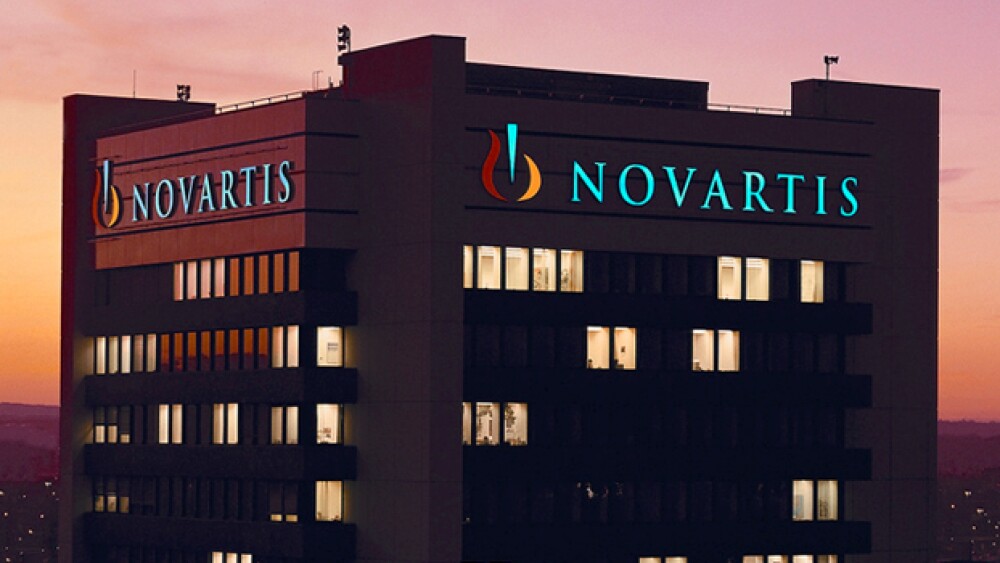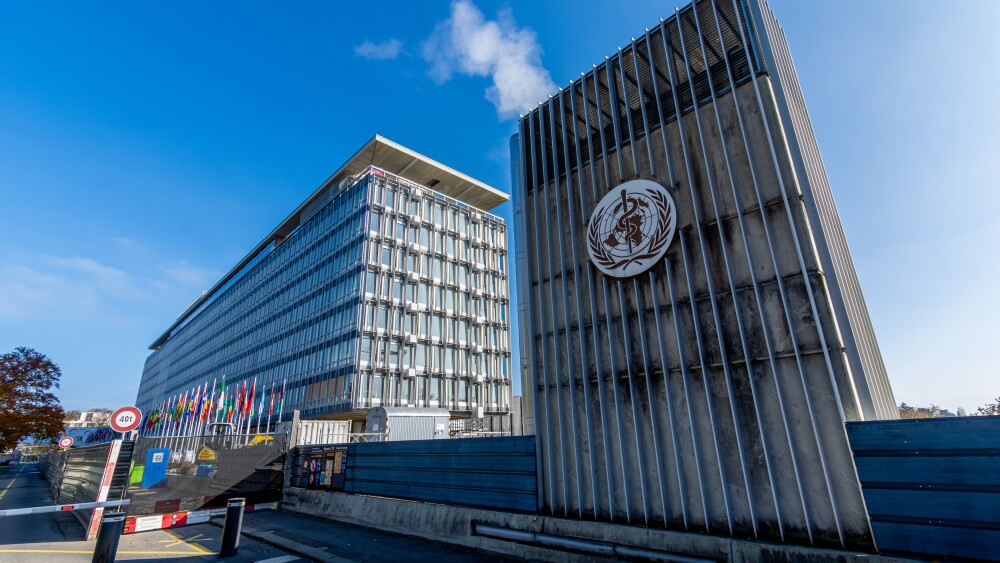Since taking over as chief executive officer of Swiss pharma giant Novartis, Vas Narasimhan has been actively reshaping the company to focus on therapies that will drive revenue well into the future.
Since taking over as chief executive officer of Swiss pharma giant Novartis, Vas Narasimhan has been actively reshaping the company to focus on therapies that will drive revenue well into the future.
As part of that drive, Novartis has made significant investments in multiple assets and companies, while culling one-fifth of its research programs. In an interview with the Wall Street Journal, Narasimhan pointed to some of the investments the company has made into the cutting-edge areas of drug development, such as gene therapy and radiopharmaceuticals.
Over the past year, the Journal noted that Novartis has flexed its M&A muscle and plunked down about $15 billion in deals to enhance its stake in these areas. Narasimhan told the Journal that he has hopes these therapies will eventually contribute about 20 percent of the company’s annual revenue.
We thought if we could gain a leadership position it’d be harder for competition to take us on,” Narasimhan said of the deals he has overseen since taking over the helm of the company last year.
The treatments that Novartis is investing in will bolster investments the company has made into its CAR-T programs for blood cancer. Last year Novartis was the first company to receive clearance from the U.S. Food and Drug Administration for Kymriah, a genetically-modified autologous T-cell immunotherapy.
Since the approval of Kymriah, Novartis has made a number of significant investments in the aforementioned therapeutics areas. Those are not without inherent risks, as the Journal points out. There are pricing concerns over gene therapies, which are typically billed as “one-and-done” treatments, as well as logistical issues surrounding radiopharmaceuticals due to their short half-life. While there are risks, Narasimhan said that there are also risks in “not pushing into new technologies and new areas of science to find breakthrough medicines.”
Some of those risks Narasimhan was talking about relate to some of the deals the company has cut over the past year. Last month, Novartis acquired Indiana-based Endocyte for $2.1 billion to expand its radiopharmaceuticals business. Novartis is betting on a recent announcement that the U.S. Food and Drug Administration accepted radiographic progression-free survival as an alternative primary endpoint in Endocyte’s Phase III VISION trial, which will examine the company’s Lu-PSMA-617 program for the treatment of metastatic castration-resistant prostate cancer. The acquisition of Endocyte comes about a year after Novartis snapped French cancer firm Advanced Accelerator Applications in a $3.9 billion acquisition that provided a key radioligand therapy – Lutathera, the first ever approved Peptide Receptor Radionuclide Therapy. Lutathera was approved in January for the treatment of somatostatin-receptor positive gastroenteropancreatic neuroendocrine tumors (GEP-NETs), an orphan disease.
This year the company also made two significant deals for gene therapies. In April, Novartis acquired Bannockburn, Illinois-based AveXis for $8.7 billion. That deal was for the gene therapy treatment for spinal muscular atrophy type I, AVXS101. Novartis said earlier this month that it was on track for a launch in the first half of 2019. Additionally, Novartis gained AveXis’ AAV9 gene therapy manufacturing capabilities, and a rare-disease pipeline that includes products for Rett Syndrome and a genetic form of amyotrophic lateral sclerosis.
The deal for AveXis followed a licensing and supply deal with Spark Therapeutics to develop and commercialize Spark’s gene therapy Luxturna outside the U.S. Luxturna is a one-time gene therapy to treat patients with biallelic mutations of the RPE65 gene.
While the possibilities are exciting, time will tell if Novartis’ gamble will pay off.





